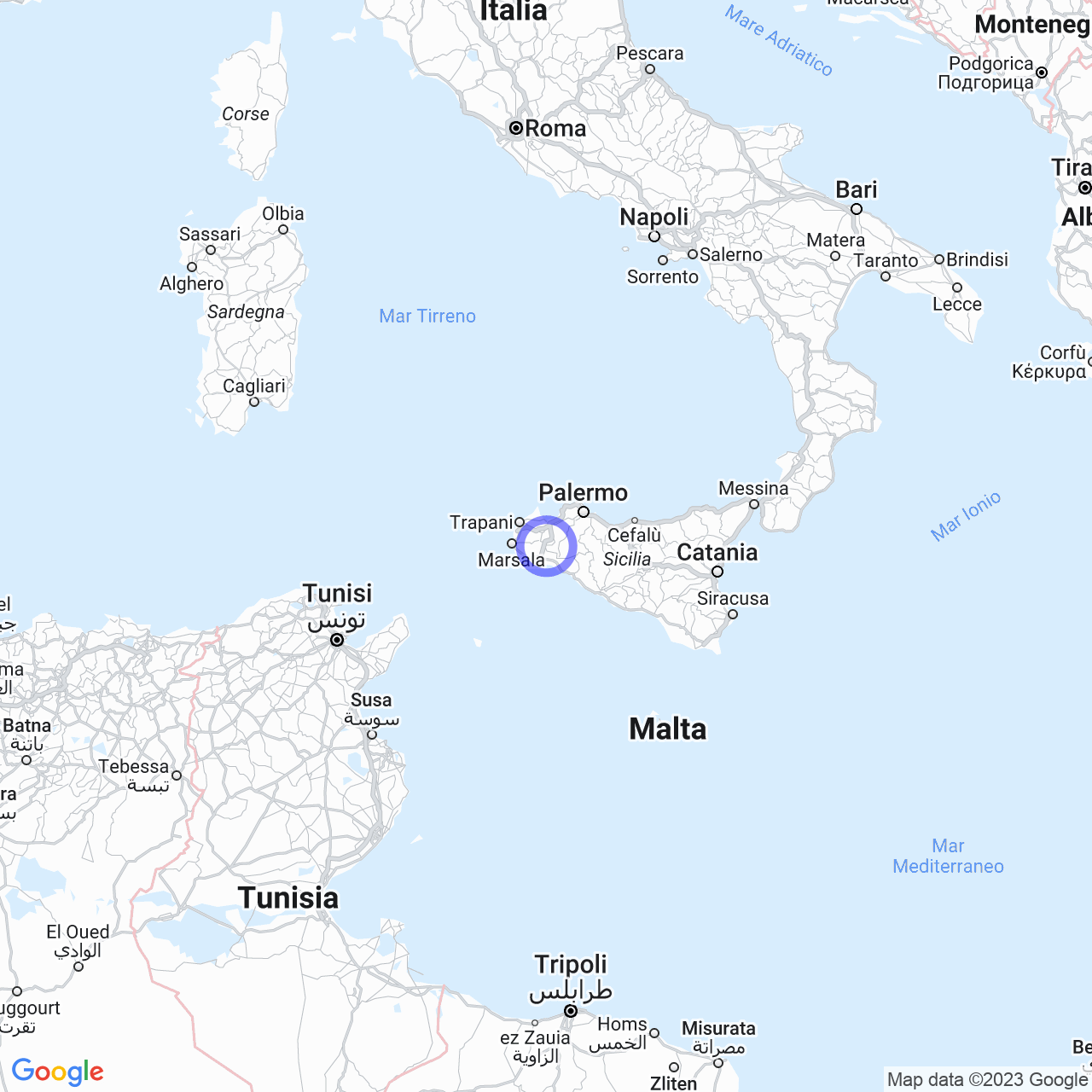Santa Ninfa
Santa Ninfa: history, symbols and administration
Hi friends, today I will talk to you about Santa Ninfa, an Italian municipality with 4,780 inhabitants located in the Trapani municipal consortium. In this text, we will discover together the history, symbols and administration of this beautiful town.
History
The center of the origins of Santa Ninfa is the Rampinzeri castle, at the foot of a hill where remains of an ancient Sican necropolis have been found. It was founded in 1606 by Luigi Arias Giardina, who, with the consent of King Philip III of Spain, began to urbanize the town with streets and civil and religious buildings. In the following years, buildings were constructed such as the Baronial palace, the Hospital, the church of Sant'Orsola, the church of Sant'Anna and the convent of the third order of San Francesco, the Mother church (the Cathedral of the town) and the Prisons.
In 1770 the town was declared a baronial fief and from that moment on the fief passed from family to family, enriching the town with new constructions. Santa Ninfa also experienced emigration, already from the early twentieth century when many inhabitants of the town left for overseas, to the United States, Canada and Venezuela, in search of work.

The Belice earthquake
The town of Santa Ninfa was hit by the disastrous Belice earthquake of 1968 on January 22, 1968. The 9th degree Mercalli scale shock caused collapses throughout the town. Many houses, in fact, were built with very poor structural techniques, tuff and mortar, in total absence of reinforced concrete structures, so the town was almost completely destroyed.
With subsequent settling shocks, roads, bridges, power pylons and telephone lines collapsed, isolating the town for some time. The toll of that shock was very heavy; there were 440 deaths and 988 injured. 2,000 people were evacuated, and 3,000 were left homeless, finding shelter in tent cities built in the plain below.
After many years, the town was completely rebuilt with anti-seismic houses, ideally preserving the urban structure of the ancient town. The few palaces that survived the cataclysm have been restored. Among them, Palazzo Mauro stands out, characterized by five doors, the central one decorated with Triglyph, with Metope and flowers. The balcony is embellished with a triangular tympanum (architecture).
Symbols
The municipal coat of arms and the gonfalon were granted by decree of the President of the Republic on April 12, 2001. The gonfalon is a truncated banner of red and white.
Administration
Santa Ninfa is administered by the Mayor, assisted by the Municipal Council. Below is a table relating to the administrations that have succeeded in this municipality.
Demographic evolution
From a demographic point of view, Santa Ninfa has experienced a shift from emigration to immigration, with the arrival of many families from northern Italy and abroad, to live in a peaceful environment close to the sea.
In conclusion, Santa Ninfa is a town that not only has an interesting history, but also a flexibility of adaptation to the needs of the time that has allowed it to evolve. Today, it is a lively and constantly changing reality, which sees the arrival of many new families and the growth of services and infrastructure. If you are ever in the vicinity, don't forget to stop by!
